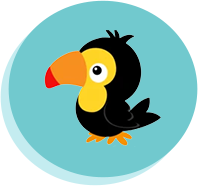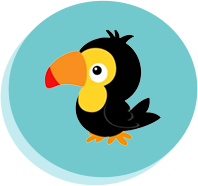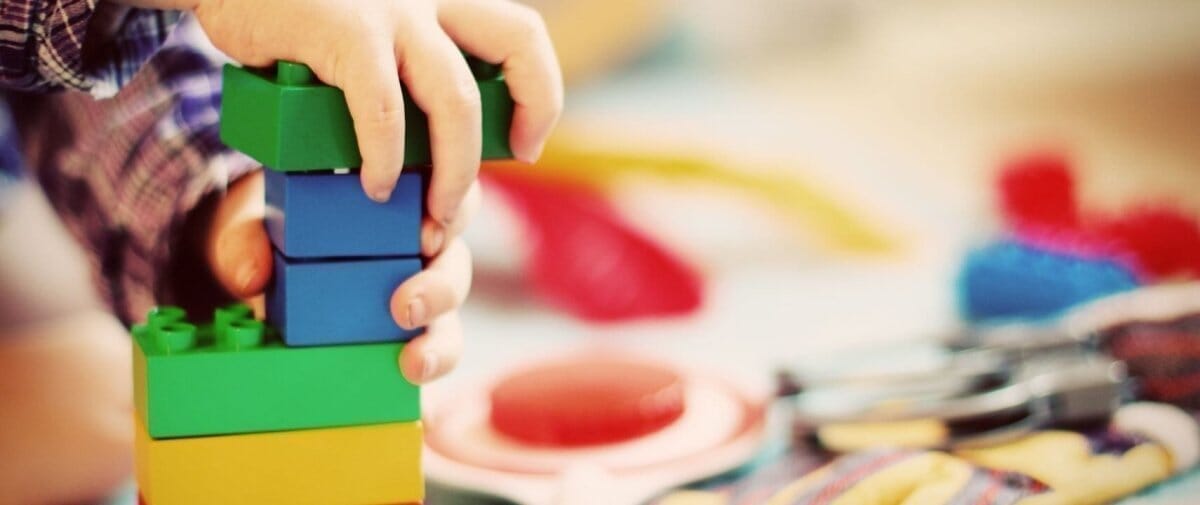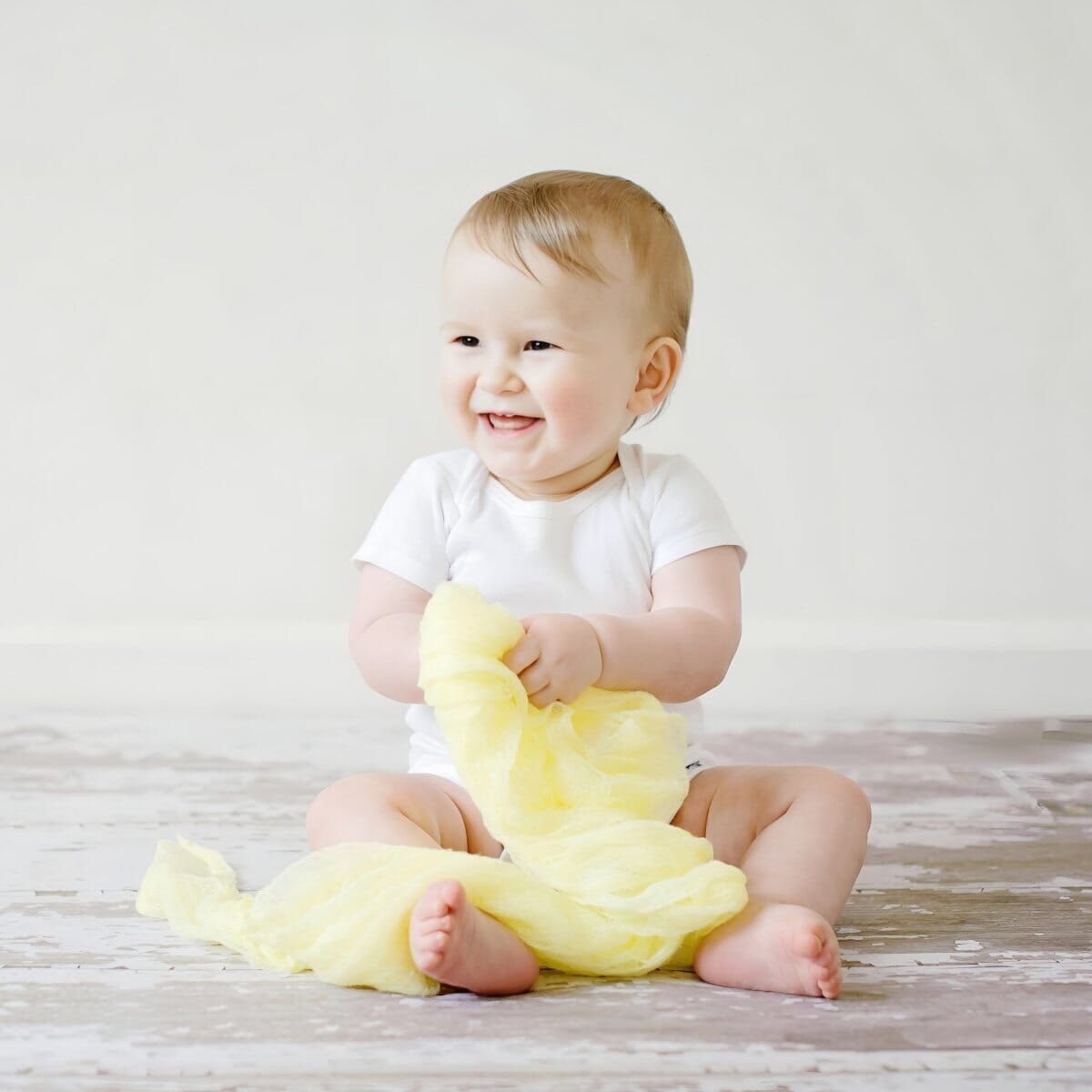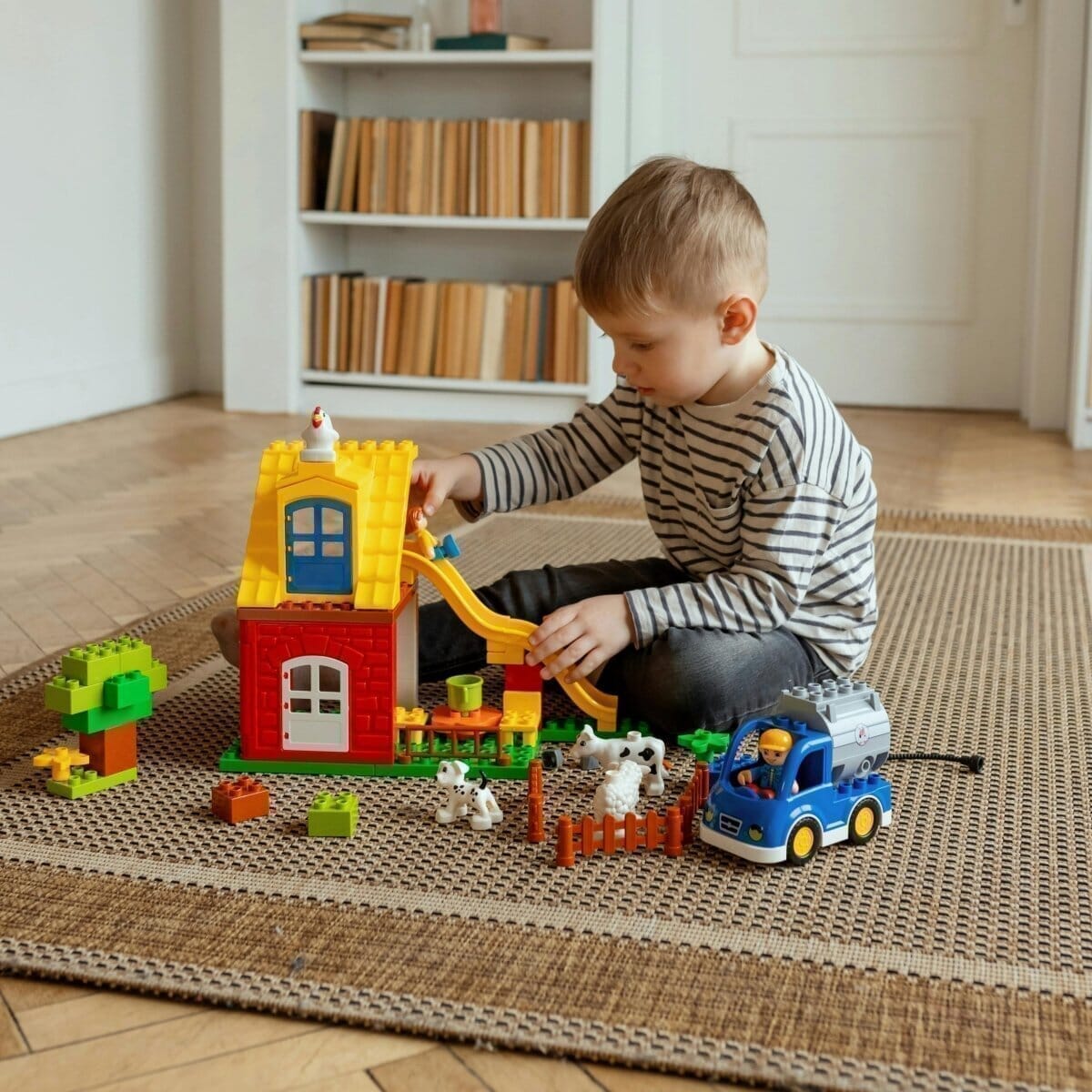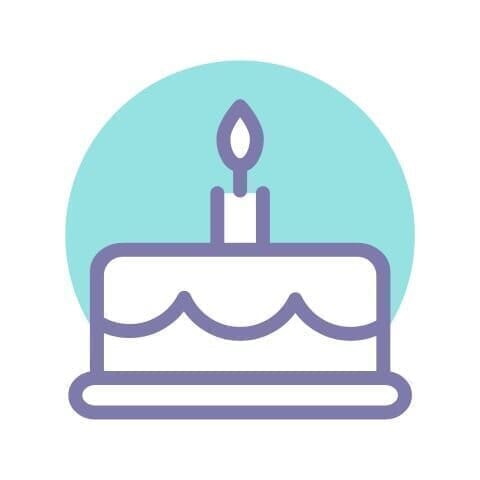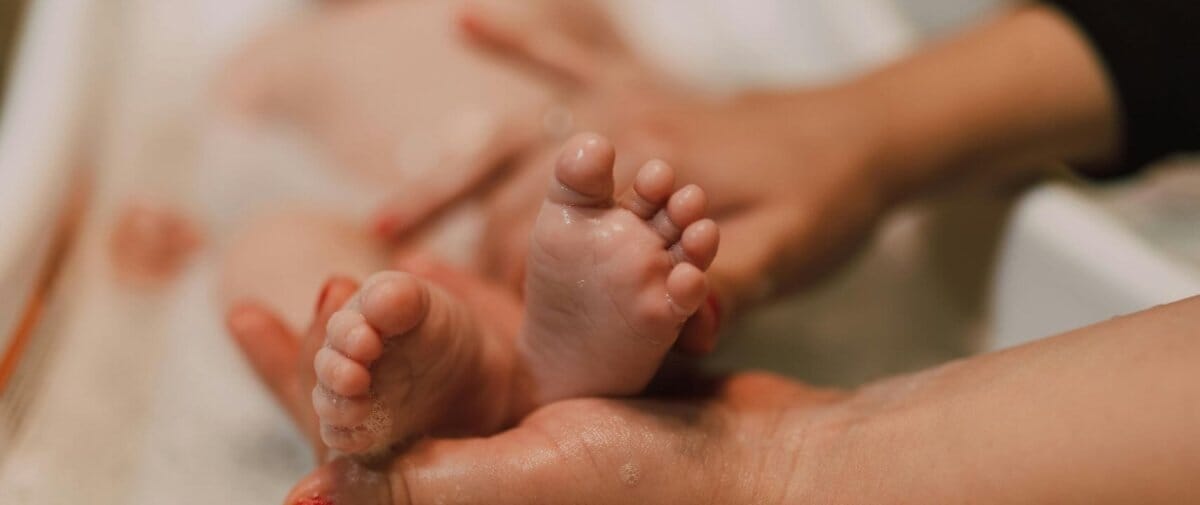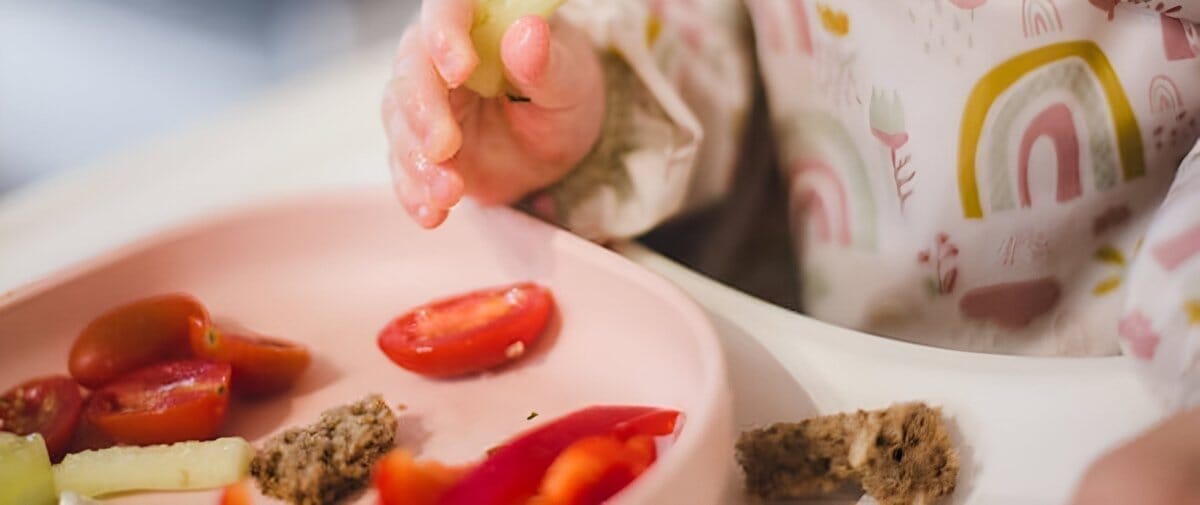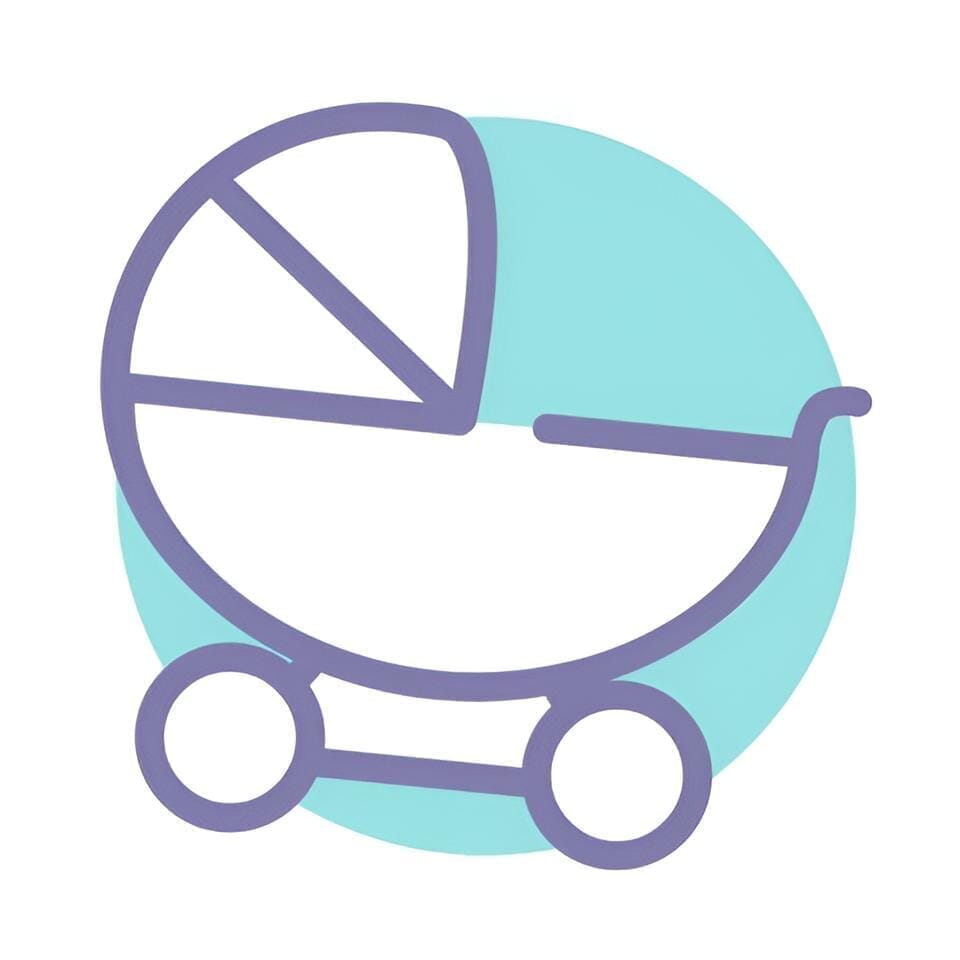Educational games
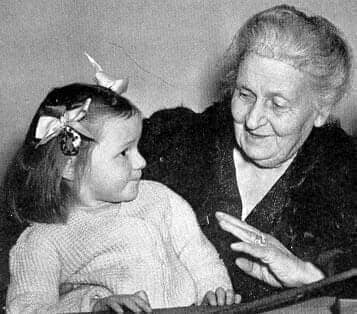
Educational games
Who was Dr. Maria Montessori?
Dr. Maria Montessori was an Italian physician and educator who revolutionized the way children learn. Her innovative idea was that children learn best when they are free to explore and discover for themselves.
Although it seems obvious today, it was quite radical at the time!
The adventure began on January 6, 1907, when Maria opened her very first Montessori school, the Casa dei Bambini (Children's House), in Rome. Her innovative methods met with immediate success.
She soon traveled the world sharing her revolutionary ideas and wrote influential books. Today, there are thousands of Montessori schools around the world, continuing her incredible legacy.
But who was Maria before she became an education star?
Let's find out together.
The Youth and Education of Maria Montessori
Maria Montessori's journey began in Chiaravalle, Italy, but her family didn't stay long. In 1873, they moved to Florence, and in 1875, they settled in Rome, thanks to her father's job. At the age of six, Maria entered a public elementary school.
Around the age of 13, Maria attended a technical school where she studied many subjects, from mathematics to science. She excelled in her studies and even considered becoming an engineer!
But Maria Montessori had bigger dreams. She decided to become a doctor. Despite criticism from those who thought it was a bad idea, she persevered. She worked hard and managed to enter medical school in 1893.
Life at medical school was not easy for Maria. Some people were rude to her because she was a woman. She had to do difficult tasks, such as dissecting bodies alone. But she did not let these obstacles slow her down. She won awards and graduated as a doctor in 1896!
The determination and love of learning that Maria showed in her youth later inspired her famous teaching methods.
Career Beginnings and the Montessori Method
After graduating, Maria Montessori continued to fight to improve children's education. In 1897, she drew attention to the fact that children with disabilities were not receiving the help they needed and called for educational reform.
She bridged the gap between medicine and education, moving from the stethoscope to the blackboard. In 1904, Maria began teaching at the University of Rome, where she studied education and human development, seeking to understand how children learn best.
In 1907, she opened her first "Children's House" in Rome, testing her new pedagogical ideas. She discovered that if children were given the right tools and the freedom to explore, they could learn independently. It was like magic!
A World Figure in Children's Education
Maria Montessori's ideas spread like wildfire. Soon, many schools in Italy and Europe adopted her methods. In 1909, she began providing formal training to teach her method to others.
In 1912, she published her first book, "The Montessori Method," which was a great success in the United States. Maria set out to spread her educational methods throughout the world, establishing schools and training programs during her travels.
The Montessori Method
Montessori education is based on the idea that children take charge of their own learning. In these classes, children choose what they want to learn and how they want to do it. Teachers prepare engaging activities based on the children's curiosities.
Children learn at their own pace, according to their interests, without pressure. This approach not only promotes academic learning, but also collaboration, problem solving and independent thinking.
Montessori teachers act as guides, helping children on their learning journey and discovering their talents.
Montessori education is characterized by several key principles:
Child-Centered Learning: Children are seen as active participants in their learning, choosing activities that interest them.
Prepared Environment: Classrooms are carefully designed with materials that encourage exploration and independent learning.
Role of the Teacher: Teachers act as guides, supporting each child's individual learning journey rather than directing it.
Who's in charge of all this learning fun? Well, that's where Montessori teachers come in. They're like guides, helping kids along their learning journey and discovering their talents.
Montessori Education for All Ages
Montessori education is suitable for all ages. Here is an overview of the age groups in Montessori education:
Infants/Toddlers (0-3 years): An environment that supports the early development and self-confidence of toddlers.
Primary (ages 3 to 6): Independence and exploration are at the heart of activities for preschoolers.
Elementary (ages 6-12): A dynamic environment where children explore and collaborate to deepen their understanding of the world.
Adolescence (ages 12-18): A practical approach to preparing adolescents for adulthood with essential life skills.
Montessori Toys and Resources Today
Today, Montessori-inspired toys are ubiquitous. You can find them in specialty stores both online and offline. These toys focus on hands-on learning and come in a variety of formats.
Physical stores offer a tactile experience, while online stores offer convenience and a wide selection. Whatever your choice, Montessori toys are here to stay and continue to educate younger generations.
Conclusion
Dr. Maria Montessori was a pioneer in childhood education. Her ideas about learning through exploration and independence revolutionized teaching. Today, Montessori schools around the world continue to bring her vision to life, proving that when children take the lead in their learning, amazing things happen!
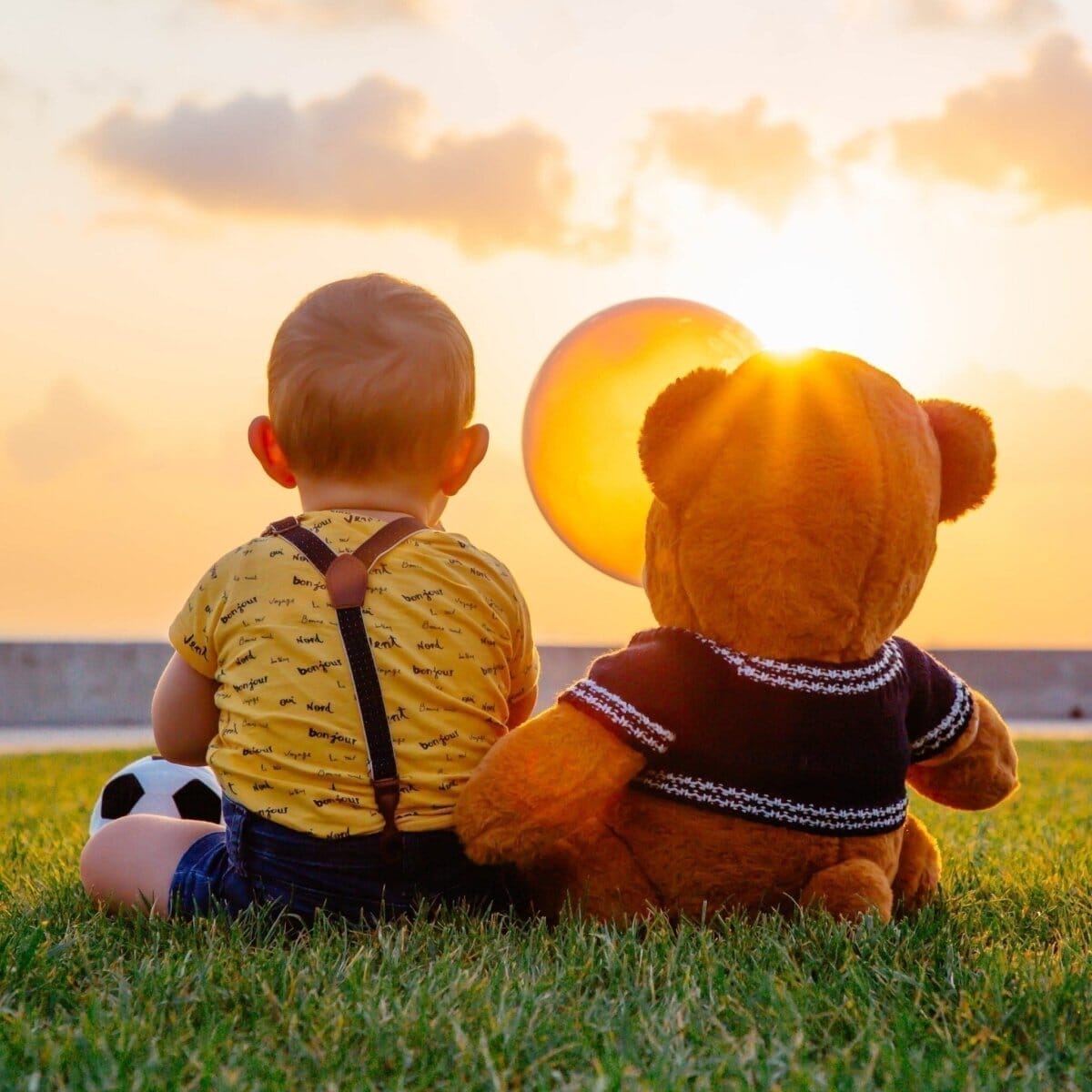
Educational games
The role of stuffed toys in child development
Is there any point in giving our child a stuffed toy?
The stuffed toy is more than just an entertainment item for children. It can actually have many benefits for the child's development and well-being.
Promotes emotional development
Stuffed toys can help children develop their ability to bond with others . By playing with a stuffed toy, a child can imagine that it is a loyal friend who accompanies them on their adventures and provides comfort and support . This can strengthen their sense of security and self-confidence .
Stimulates the imagination
Plush toys can help stimulate children's imagination . They can inspire them to make up stories, play role-playing games, and explore different imaginary worlds.
Promotes cognitive development
By playing with a plush toy, children can develop their ability to reason , solve problems, and learn new things. Plush toys can also help children develop hand-eye coordination and fine motor skills by manipulating the toy.
Promotes understanding of emotions
Children can learn to understand and manage their own emotions by playing with a stuffed toy. They can imagine that the toy feels the same emotions that they do and explore how these emotions can be expressed and managed.
Improves sleep quality
Plush toys can help children fall asleep more easily and have a more peaceful sleep . By hugging the plush toy, children can feel safer and more reassured , which can help them relax and sleep better .
In conclusion
Stuffed toys can be a valuable tool to help children grow and develop their ability to bond , stimulate their imagination , improve their cognitive development , and understand and manage their emotions . So, if you are looking for a way to boost your child's well-being, why not give them a stuffed toy?
We invite you to discover Doggo the elephant ! A perfect mix of a soft toy and a toy. Nothing like it to awaken baby's sensory abilities and make him his best friend.
You can also find the joy of a little one who is so happy to play with his Doggo here
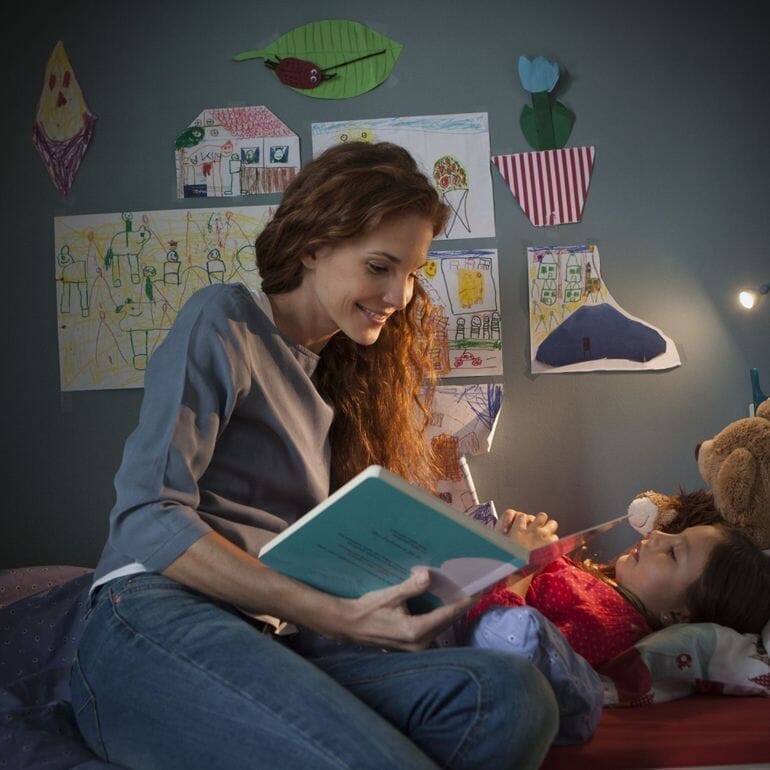
Educational games
Bedtime is far from over!
Falling asleep can be a challenge for new parents, especially when it comes to getting your newborn to sleep. Fortunately, by establishing a baby sleep routine, you can help your child feel secure and calm before bedtime.
Here are some steps to follow to establish an effective sleep routine for your baby:
Create a regular routine
Babies respond well to routine and feel more secure when they know what to expect. Try to put your baby to bed at the same time every night and follow the same steps before bed.
Get him ready for sleep
An hour or two before bedtime, start slowing down activities and creating a calmer atmosphere . Avoid stimulating games, such as running, and instead encourage calming activities , such as reading stories.
Give a bath
Warm baths can help calm your baby and prepare him for sleep. Be sure to bathe him with warm water and dry him thoroughly.
Establish a bedtime ritual
This might include singing a lullaby, giving him a goodnight kiss, and putting him to bed. Try to do this at the same time every night to reinforce the routine .
Be patient
Babies may have trouble falling asleep and may cry for a short time. If your baby has trouble falling asleep, stay close to him and offer gentle comfort until he falls asleep.
By following these simple steps, you can help your baby feel safe and calm before bed. With a little patience and persistence , you can create a bedtime routine that works for your baby.
Tell us in the comments the little tips that helped you put your little heart to sleep 😊
Discover the Mino Room collection to make your little one's room a real cocoon!
Watch the steps of the bedtime ritual in video with La Maison des maternelles .

Educational games
How can I stimulate my child's awareness?
Educational toys must arouse the child's interest and make him want to handle, feel, play with it to discover the object and also discover his own motor skills .
